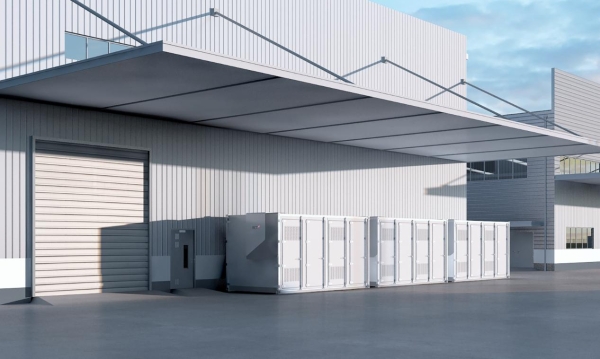
1 月 . 19, 2024 13:08 Back to list
In 2023, the global energy storage capacity saw a significant increase.
In the first half of 2023, the global energy storage capacity saw a significant increase, with 27.3 GWh added in the utility-scale power generation side, C&I sector, and 7.3 GWh in the residential sector. This totals to 34.6 GWh, which is 80% of the addition in the previous year. However, despite this global installation boom, the regional markets are developing at varying paces. China, the U.S., and Europe are expected to dominate the global market share, taking up 43%, 25.5%, and 17% respectively. In this article, ACDC delves into these three major markets and projects their installations for the second half of 2023.
China has had a remarkable growth in energy storage capacity, adding 17.7 GWh in the first half of 2023. This accounts for nearly 50% of the global addition, surpassing the 15.8 GWh in 2022 with over a 200% growth. This rapid increase can be attributed to China's mandatory energy storage integration policy and its advantage as a lithium manufacturing hub, which allows access to cheaper cells and faster delivery. Moreover, administrative reviews in China are less interfered with and take a relatively shorter time compared to other regions. The decline in PV system costs has also made it more attractive for developers to invest in energy storage. ACDC predicts that China will add 39 GWh of energy storage capacity in 2023.
In the summer of 2023, Chinese coastal areas experienced an increase in the C&I energy storage market, contributing to the overall growth in the country. Currently, utility-scale energy storage dominates the Chinese market, accounting for 90% of the total capacity addition throughout the year. With the rising demand for electric vehicles and energy storage, cell manufacturers are expected to complete construction and commission capacities in the second half of 2023. The price of lithium carbonate also decreased as shortages abated, leading to lower cell prices and increased installations. Based on these factors, ACDC expects China to continue its growth, adding 39 GWh of energy storage capacity in 2023.

The U.S. added 8.2 GWh of installed energy storage capacity in the first half of 2023, which is far behind expectations. Delays in construction projects under the IRA (Investment Tax Credit) are the main factor behind this slow progress. Administrative procedures and grid connection delays, which can take up to one to two years, have hindered the development of energy storage. However, there is still potential demand for peak shaving and frequency control as the grid facilities in the U.S. require urgent renovation. Despite the unsatisfactory grid-connected capacity, the generous subsidies under the IRA are driving the development of the local energy storage supply chain. In an optimistic scenario, where administrative processes and labor shortages are improved, the U.S. is expected to add 25.5 GWh of installed energy storage capacity in 2023.
Europe added approximately 7.3 GWh of installed energy storage capacity in the first half of 2023, with Germany and Italy leading the way. The focus in Europe has been on the behind-the-meter (BTM) market, with the residential sector experiencing vigorous growth. However, the increase in installed capacity is expected to stabilize this year, given the sufficient natural gas stored for winter and the decline in electricity prices affecting the profitability of peak-valley arbitrage. Europe has been depleting its inventory of energy storage systems in the first half of 2023, but the abundance of residential systems and modular installations will accelerate project construction. ACDC predicts that Europe will add 17 GWh of installed energy storage capacity in 2023, with 9 GWh in the residential sector.
In summary, the energy storage markets in China, the U.S., and Europe have seen varying growth in the first half of 2023. China and Europe have exceeded expectations, while the U.S. has faced delays due to administrative processes. In the second half of 2023, China is expected to continue its rapid growth as the world's largest cell manufacturing country. The U.S. will see increased installations with the grid connection of utility-scale projects, driven by domestic demand and policy support. Europe will face supply issues but is projected to add more installed energy storage capacity throughout the year. Overall, ACDC expects the world to add 100 GWh of installed energy storage capacity in 2023, with a majority of it coming from mid and utility-scale projects.
Will be removed if infringing
Reference website:https://www.infolink-group.com
-
Unraveling the Power of EMS Energy Management Systems
NewsOct.23,2024
-
Unleashing the Potential of Power System Management and Smart Energy Solutions
NewsOct.23,2024
-
Smart Energy Mastery: Unleashing the Power of Controls
NewsOct.23,2024
-
Smart Energy Management: Unleashing the Power of Energy Management Systems and BMS Energy
NewsOct.23,2024
-
Powering Progress: ADMS, Intelligent Management & More
NewsOct.23,2024
-
Energizing the Future: Devices, Smart Management & Savings
NewsOct.23,2024


